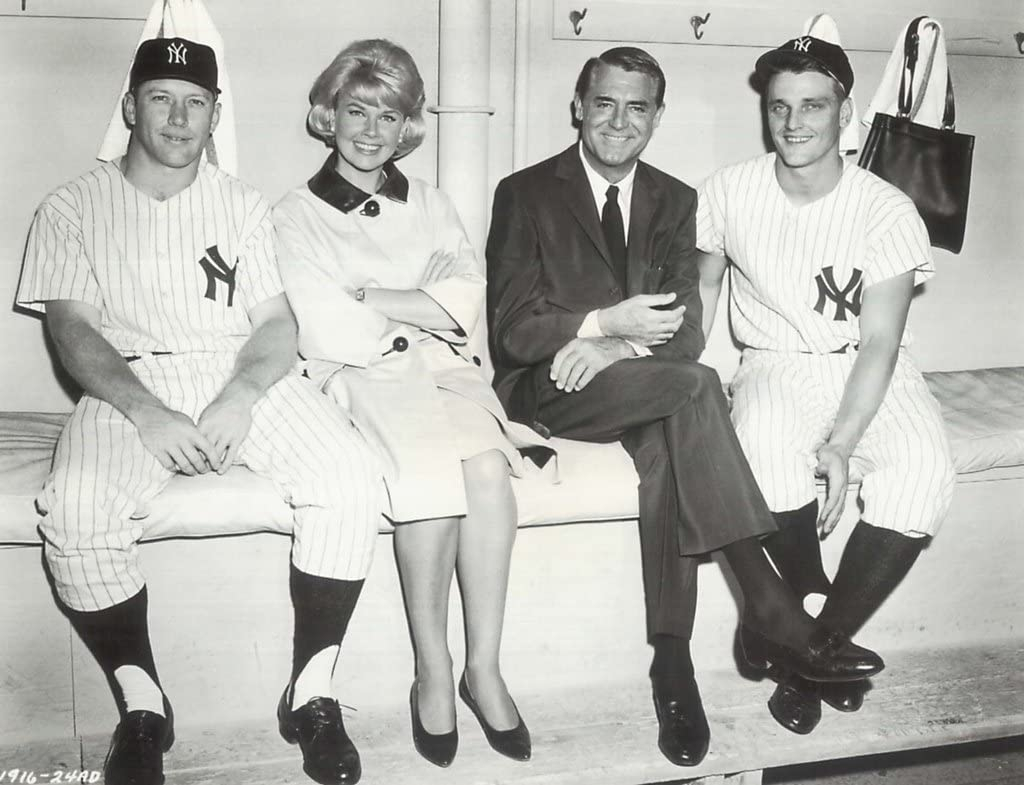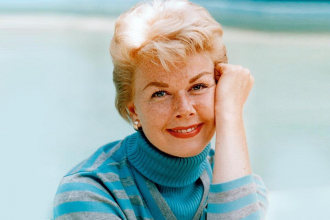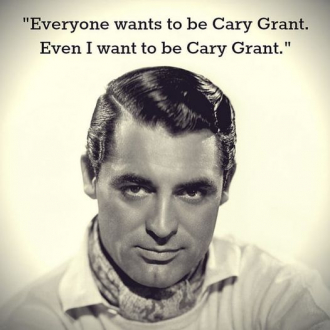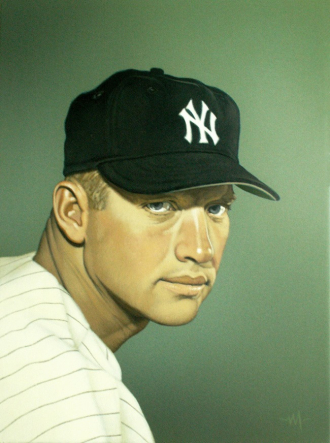Mickey Mantle
Mickey Mantle, Doris Day, Cary Grant and Roger Maris. I was lucky enough to meet Mickey, Doris Day and Cary Grant!
Date & Place:
Not specified or unknown.


 Amanda S. Stevenson
Amanda S. Stevenson 







